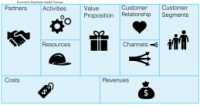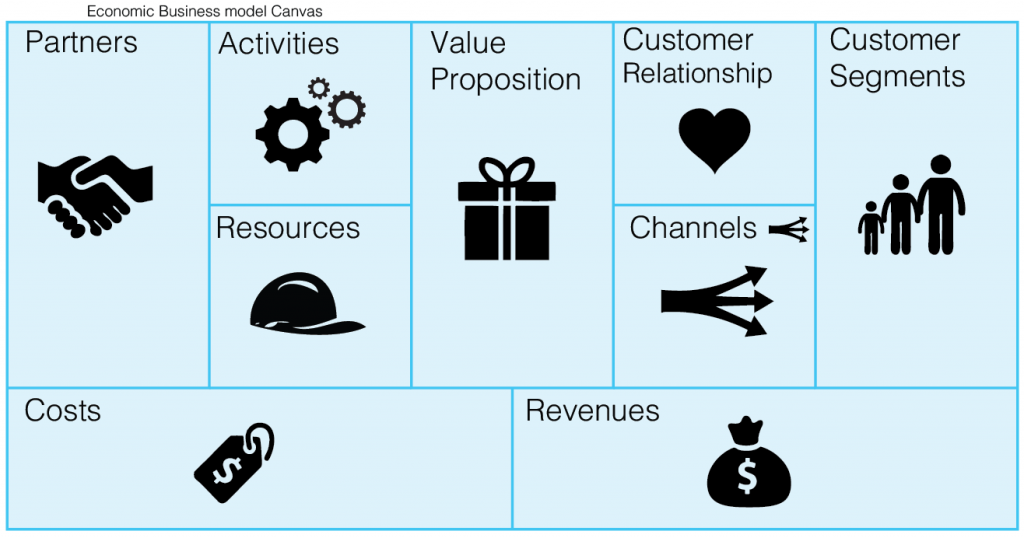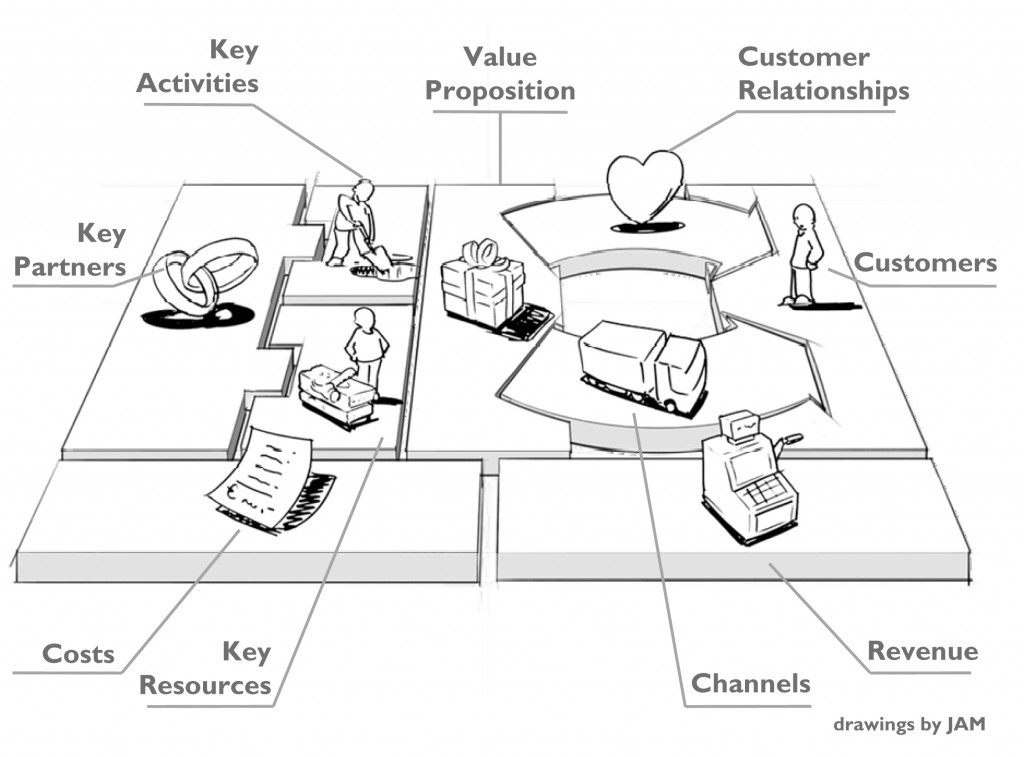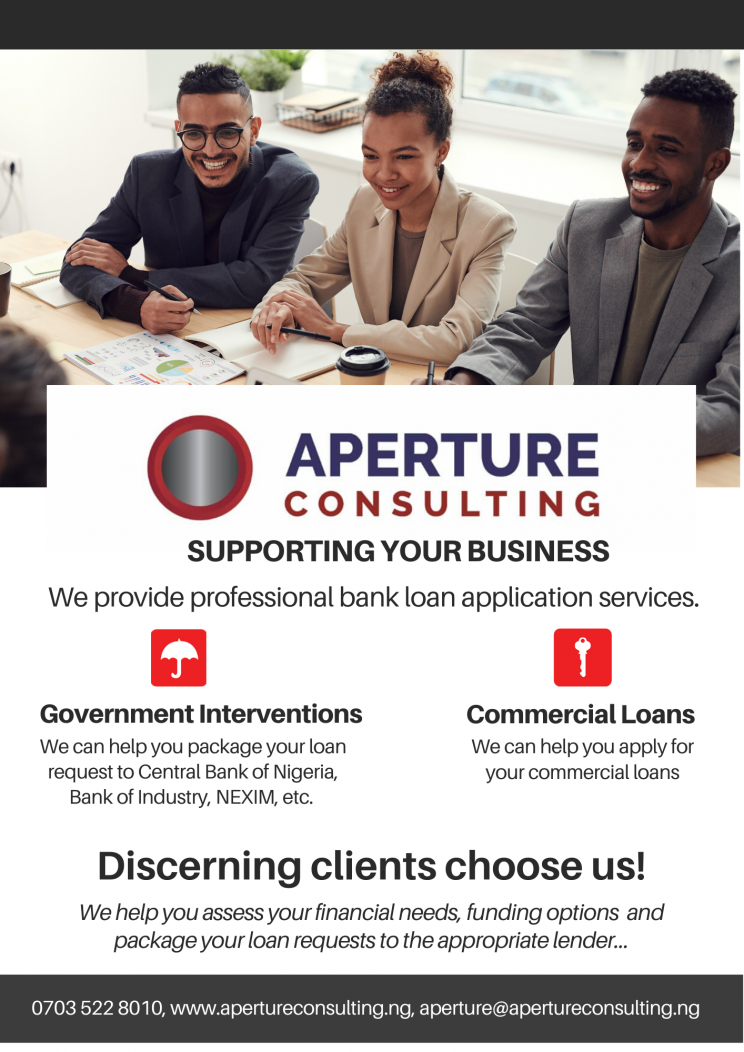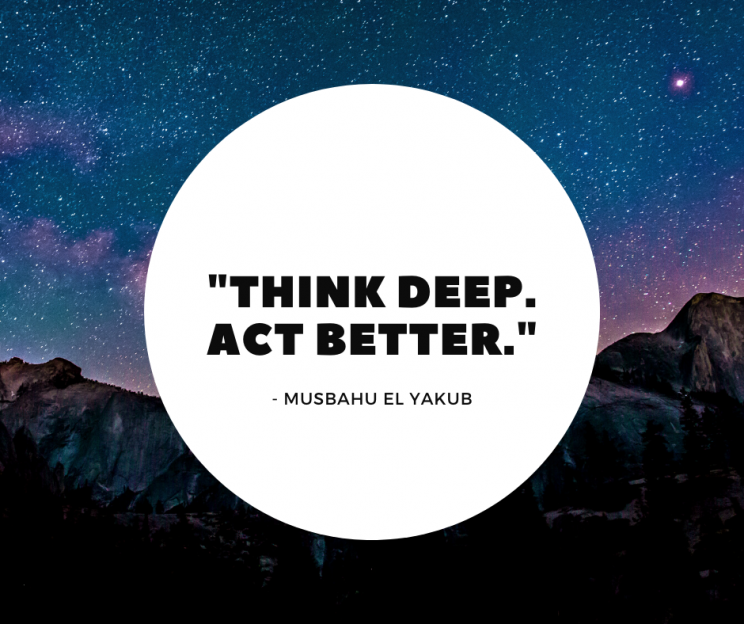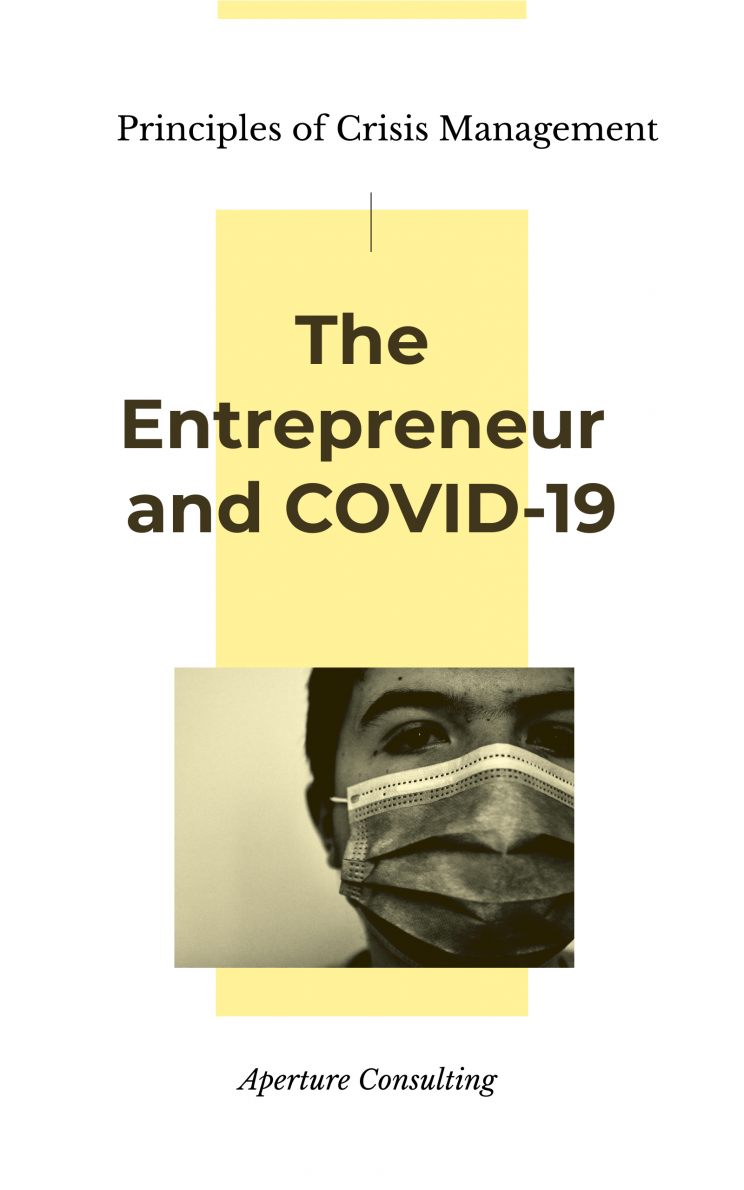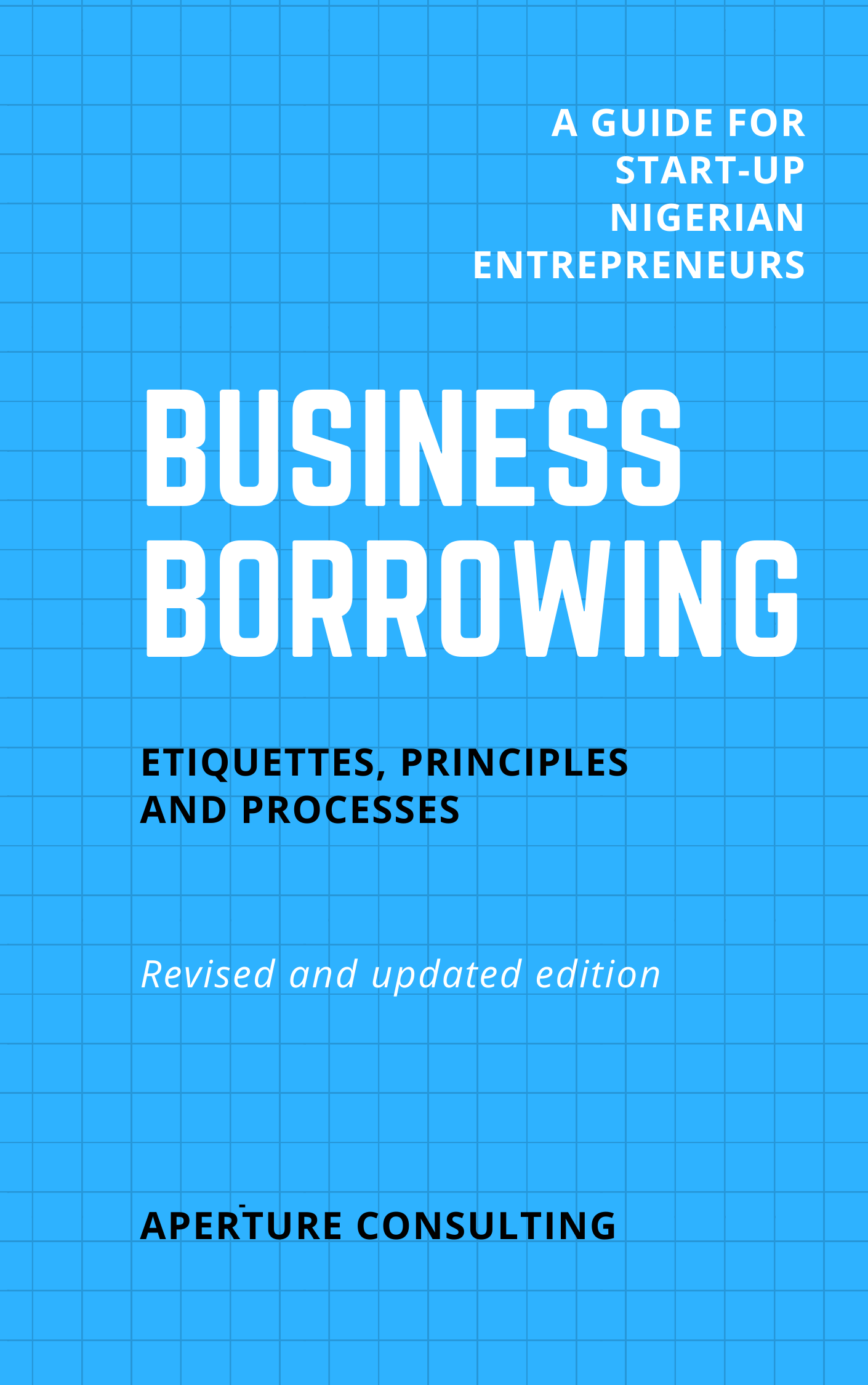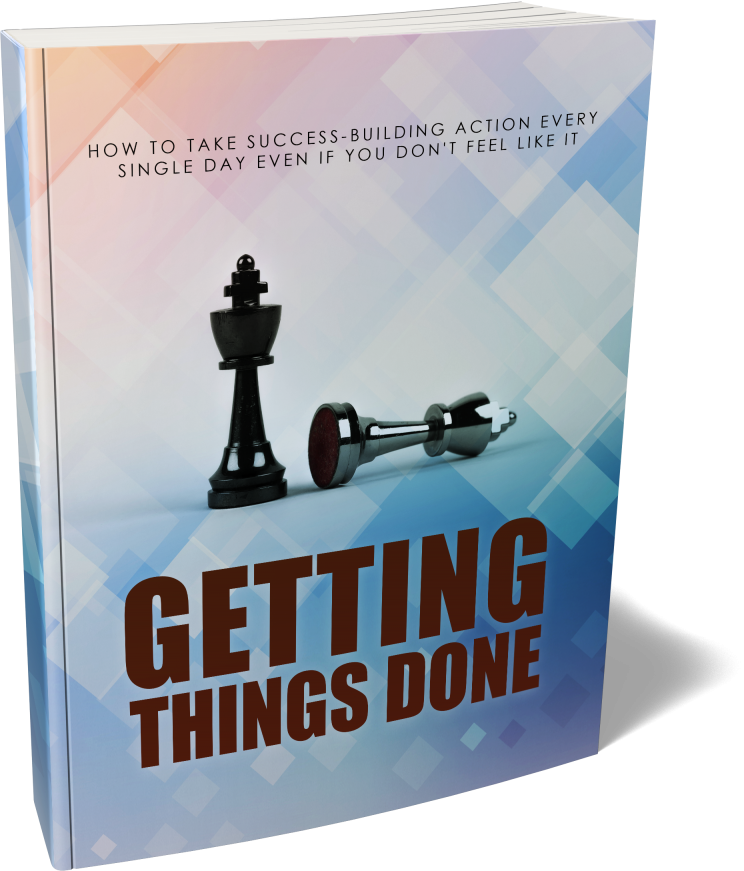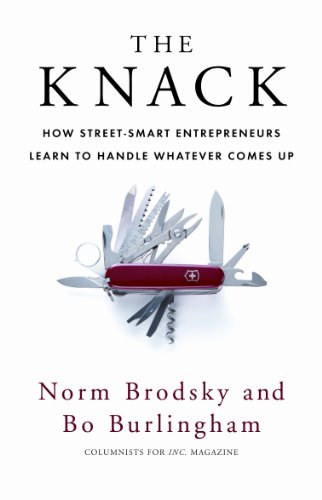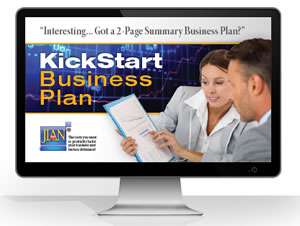What is a business model? Key to success in any endeavour is to decide exactly what you want to achieve and then set about how to achieve the desired objective. Whenever one considers starting a business, one typically studies the feasibility of the idea and thereafter draws a detailed business plan. In the midst of all the details, it is easy to forget creating an identifiable, ‘living’, business model. This is especially because people tend to confuse business model with strategy. So having, hopefully, formulated what his business strategy will be, an entrepreneur may be contented with the strategic choices made. This will, however, be insufficient because the two factors are quite distinct.
On one hand, business models refer to the fundamental logic of your enterprise. This includes how it operates and creates value in a competitive marketplace. It is really the nuts and bolts of how your business plans to generate revenue and profits. On the other hand, your business strategy is your plan on how to create a unique and valuable position involving a distinctive set of activities. It is your plan of action in differing business situations as well as which business model to use. This, therefore, presupposes that you have already made certain choices about how your enterprise will compete in the marketplace. The mix of the choices and consequences is therefore your business model. Whilst it is a reflection of your strategy, it is not your strategy. That is to say your strategy will contain provisions and options against a range of likely and even remote contingencies. It is actually a contingent plan on what model to use given a particular business situation. Generally therefore, every organisation, consciously or unconsciously, has a business model. But not all organisations have strategy for contingencies that may arise.
Start-ups need an appropriate business model to be able to carve out a niche for themselves, whilst established companies need to reinvent their models from time to time to enable them contain changes in levels of competition and economic challenges in the operating environment. In all cases, a living business model clarifies and makes operating your business goal-oriented. A business model can make or mar your business, or it could deliver intended and unintended utility, as well as negative consequences, to customers. As an example, Amazon is functionally a ‘bookshop’. But it operates a completely different model, thereby offering different utility to their customers against what the customers might get from a brick and mortar bookshop. Whilst the Amazon model has proven successful now, it couldn’t have been some thirty years ago with virtually no internet in existence. Similarly, low cost carriers like Ryanair and Southwest Airlines operate the so-called ‘low cost’ model in an industry with other companies charging much higher fares to the same destinations. Interestingly, but not surprisingly, both Ryanair and Southwest have done extremely well in comparison to their higher fare competitors. Create your model by setting the relevant parameters of operation that will make your business succeed.
How do you create your business model? Your business model must be a conscious and deliberate creation that aims to be give you competitive advantage that will result in profitable operations. The process of conceptualising and developing your business model is called business modelling. Conceptualising and building a good business model can be tricky. After all this is where the seed for your business success is sown. Fortunately however, it is completely an achievable exercise. You will just need to be in-depth, thorough, and very realistic.
There are different ways of defining the composition of a business model. The objective is the range of choices that must be made in various key aspects of your business. The challenges differ from industry to industry, and from one environment to another. Nonetheless, we will discuss the basic components irrespective. Furthermore, no matter the principle and approach you adopt, what is important is that you should keep it simple. It is not the most complex models that yield success. Rather, it is sometimes the simplest models that make the most success. The trick is to rigorously identify what will add the most desired value and diligently and persistently work at it.
The simplest modelling consideration is the one proffered by renowned academic, Professor Peter Drucker. This suggests that your business model should simply answer the following questions:
1. Who are your customers?
2. What does the customer value?
3. How would you deliver the value to your customer at an appropriate cost?
I think that is a good starting point. For our purposes here however, we will consider issues wider than suggested by Professor Drucker. I therefore would advise that you consider, among other factors relevant and critical to your situation, the following in creating your business model:
Decide on the extent of integration in your production: The extent to which your business is vertically and horizontally integrated will reflect on the quality and value you wish you to create. Obviously, not all stages of your production processes add the same value. Besides, you may also not have the capacity or even the expertise to handle all stages of your production. In some situations, it makes sense to integrate as backwards as possible and also produce as wide a range of products. In some other situations, it may make sense to focus only the ‘last mile’ of the production process and a few product range. An interesting story on this is that of a company that was offered the opportunity to produce some children toys for export from Hong Kong to the United States. After examine the products, they realised that the most valuable component, and which determines the cost and the price of the toys was the electric motor in the toys. They therefore declined producing the whole toys and instead offered to produce only the motors for the client. This turned their company into ‘experts’ in electric motors. They grew to become suppliers of all sorts of small and miniature electric motors to car manufacturing companies that need them in mirrors, headlamps, windows, seats etc. It is therefore a key component of your model that you decide which products to focus on as well as the specific stages of the production process that you will directly handle and which aspects you will outsource. Other than the value proposition consequences, this policy decision also has consequence on your investment decisions. And that is part of the benefit of having a clear business model.
Decide on your business location: It is important you locate your business appropriately. Your location vis-a-vis your sources of materials, market and labour is very crucial. As hoteliers know, it is always about ‘location, location and location’. If however you are in a manufacturing business, sometimes it makes sense for the raw materials to be moved to a production facility near the market. Other times, it is better to be nearer the raw material source, produce and the move the finished product to the market. Some other times, it is best to semi-process the raw materials at its source before transporting it to your production facility near the market. Nowadays, complex computer logistics models create optimum pathways for large multi-product multi-location companies. For the entrepreneur however, a much simpler review and analysis can reveal what is most optimum. Just think in terms of the most and required value that needs to be created.
How do you differentiate your product? Even for so-called ‘commodities’, you will need to differentiate your product to increase your chances of success in the market. Decide on key areas you can offer your product better than the competition. Depending on what your products are, who your end-users are, the length of you channel of distribution, etc., you can create innovative ways to differentiate your products. It could be by better pricing, better packaging, place utility, timing, better quality, aesthetics, performance, etc. Realise also that quite frequently, some of the best ways to differentiate your product may not come at any incremental cost to you. Where it comes at some incremental cost, ensure that the additional perceived value will greatly over-compensate for the cost. The more difficult your competition will find it to eliminate your differentiation the better for you. The reverse, that is the easier you find it to differentiate your product from your competition the better and safer for you also. A word of caution here though is that you can never afford to be and feel too comfortable with how far ahead you are of your competition. There will always be the good chances that someone will catch up with and best you. Vigilance and continuous improvement is key. This is exactly why Apple Inc., and such other companies continue to make their own products obsolete. Always seek to add more value before your competitors catch up with or even beat you to it.
Who are your customers? Though you must always have the end-users always in mind, you may not always sell directly to them. Sometimes, you add more value by selling directly to the end-users, whilst other times you achieve that by selling through wholesalers. Other times you sell directly to your foreign customers as against selling through importers in the end-users’ country or via a country or regional representative. These can be very important issues that can determine your business success. You have to understand the requirement of both the end-users and any middlemen in between. The choices you make will have consequences on what type of customer support you offer; how you price and promote the products etc.. Equally importantly, these choices also affect the perception of the end-user and his ultimate response in making a buying decision.
In deciding who your customers are, you have to identify what they value in your product. Customers can, for instance, be sensitive to price, quality, or after-sales service. Identify what your customers value and work to create how you could deliver that efficiently, effectively and seamlessly.
Below is a business model canvas invented by Alexande Osterwalder:
Conclusion: As mentioned earlier, your business (products and customers), industry, and operating environment determine to a large extent what factors are key in developing an appropriate model. Nonetheless, you must stretch your thinking to consider other ways you could do what is being done in a much better (cheaper and more effective) way. This is the whole objective of having a deliberately thought out model. Your company should be geared to operate the model whilst your staff should fully understand and ‘live’ the model. In most cases, business models are ‘open secrets’. It is the discipline of operating and executing them that set apart the companies that succeed from those that do not. Furthermore, you should be clear that a business model is not cast in stone. You should regularly reassess it to ensure you are creating the value you set out to. Review it from time to time with a view improving upon it.
